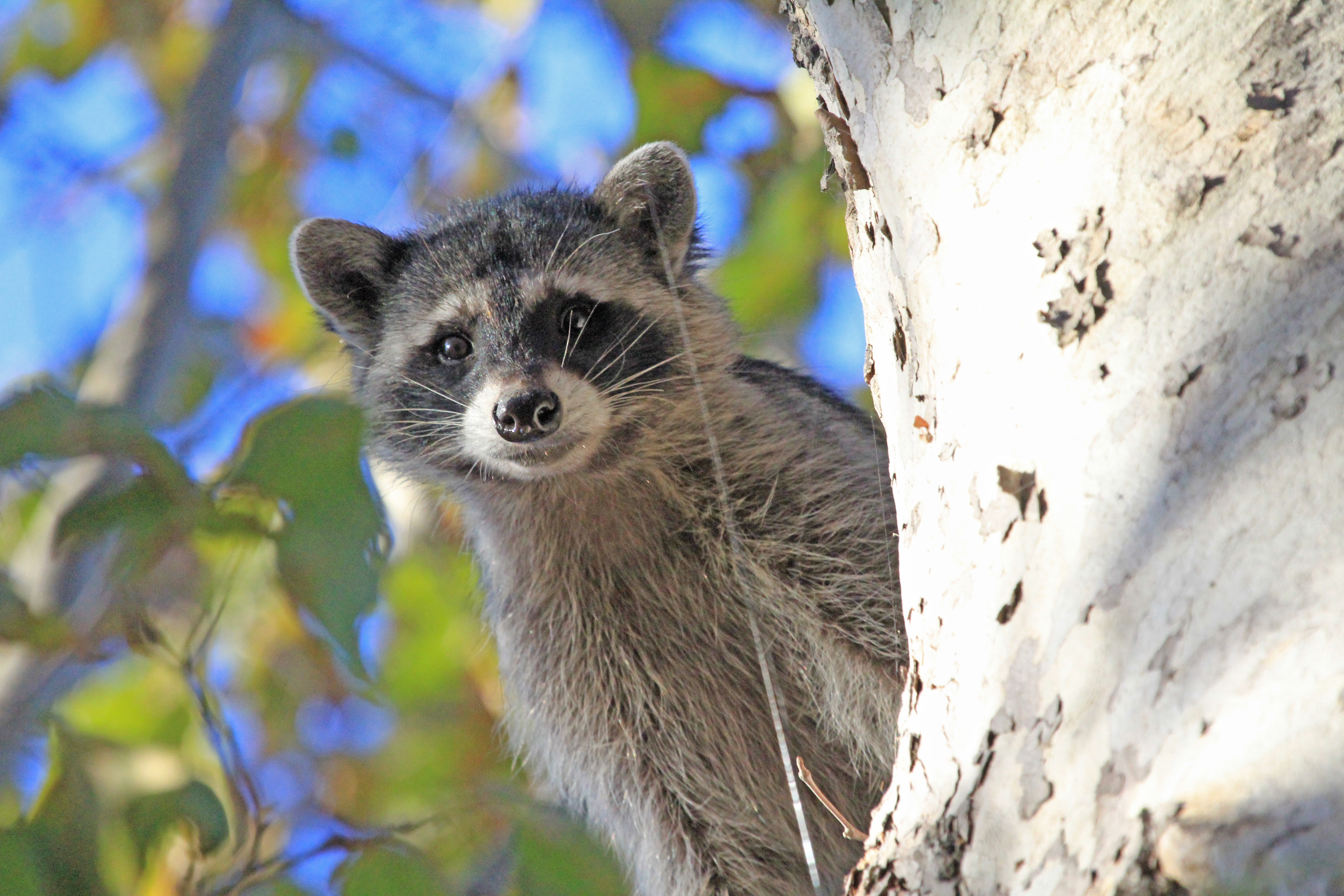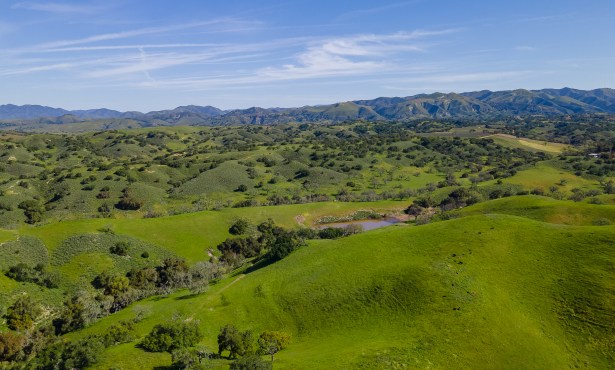Getting to Know the Raccoon
Frequent Mammalian Visitor Deserves Homeowners’ Respect

Raccoons are intelligent and adaptable animals, and, like all wild animals, they deserve our care and respect. Originally forest animals, raccoons have become much more common on farms and in orchards, as well as in suburban and urban areas. I happen to like raccoons — but I live in a rural area with lots of space, and I enjoy all of my encounters with wildlife. Many homeowners find raccoons to be nuisance animals, and it is better not to let them get too comfortable near your house. If you do encourage them, you may be sorry, and the misguided animals might very well come to an unfortunate end.
Most people are familiar with their striking appearance. They have distinctively masked faces, densely furry gray coats, and bushy tails with alternating dark- and light-colored rings. You might think that animals with bold markings would be easier to spot in the landscape than those with more monotonous coloration. In fact, raccoons, with their ringed tails and dark and light contrasting coats, are very well camouflaged when moving around in the alternating light and shade of their natural woodland habitats.
Raccoons are omnivores and feed on invertebrates and vertebrates as well as plant foods. Their scientific name is Procyon lotor. The species name lotor means “one who washes,” and, if water is available, raccoons will wash their food using their very dexterous front paws. Raccoons are excellent swimmers. I saw this firsthand as I watched one navigate among tiny islands at Oso Flaco Lake near the mouth of the Santa Maria River. Raccoons are abundant around this lake, as here they enjoy a plentiful supply of crayfish, a favorite food. Raccoons are also very good climbers, and when my dogs scared one recently, it climbed at least 30 feet up a big sycamore tree and lay silently in the branches until the barking stopped. Raccoons can be quite large, weighing eight-20 pounds and measuring anywhere from 16 to 28 inches long. If cornered, they have been known to fight quite ferociously.
The raccoon has a close relative in our area, the ringtail cat (Bassariscus astutus) although this animal is not often seen. These shy, nocturnal, omnivorous animals are rarely observed, although rumor has it that a ringtail cat colony lived for years in Mission Canyon on the grounds of the Botanic Garden. Ringtail cats are sometimes hit on our highways, and so we know they do exist here. They are probably much more common in other areas of the arid west, including in Arizona, where the ringtail cat is the state mammal. There is much lore associated with these animals, which are also known as miners’ cats. Apparently, these small raccoon relatives were kept as pets by miners and settlers who fostered these little predators as they rid their cabins of rodents.
The chance of having raccoons visit your backyard definitely increases if food and water are readily available. If you don’t want to tempt them, never leave your dog or cat food out all night, and be sure that your garbage cans are securely closed. Metal garbage cans with tight-fitting lids are probably the best. Since raccoons are omnivores, they enjoy fruit, sweet corn, and other garden produce. I installed a game camera near my grape vines one summer and soon discovered why the dogs were barking all night, and who was eating the fruit.
Some friends who live in Wyoming had a pet raccoon that grew up with their children. This furry family member was featured on their annual holiday cards, and they all had lots of fun together. There are, however, many accounts of raccoons that did not turn out to be good pets at all. In California, keeping wild animals is prohibited, except under specific circumstances, and, in these cases, a special permit from the California Department of Fish and Wildlife is required. Anyway, it is really much more exciting and fun to observe wild animals in their natural habitat.
If you happen to find an injured or orphaned raccoon or, in fact, any other wild animal that is in trouble, be sure to contact the Santa Barbara Wildlife Care Network, a wonderful organization that rehabilitates wild animals and makes great efforts to return them to the wild. If you really enjoy wild animals and want to learn more about them, you might like to volunteer with this nonprofit. If you ever need to move an injured wild animal, be very careful when handling it, wear strong leather gloves, keep the animal far away from your face, and have a helper with a strong pet carrier at the ready.
Sally Isaacson, a lifelong educator and naturalist, was formerly director of education at the Santa Barbara Botanic Garden. She is now the education/volunteer coordinator at the Land Trust for Santa Barbara County’s wonderful Arroyo Hondo Preserve at Gaviota. If you have a raccoon nuisance problem, you will find some guidance by following this California Department of Fish and Wildlife link: californiaoutdoorsqas.com/tag/raccoons.



